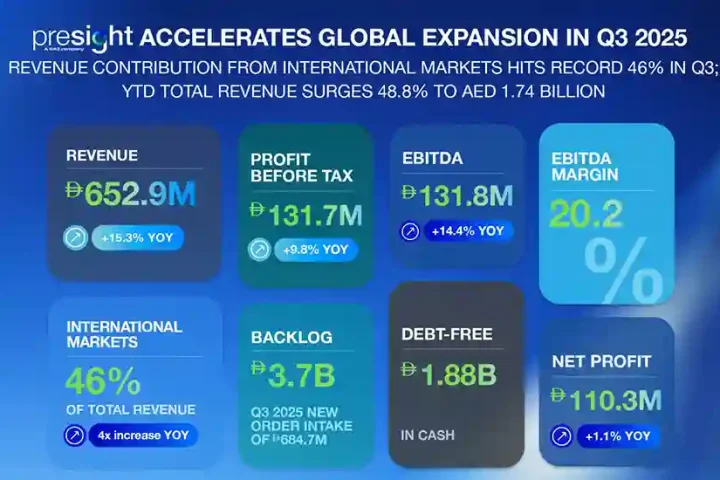Today the world is getting more connected. Organisations are connecting traditional aspects of their business with the Internet. Trends such as digital transformation, IoT, smart cities, connected OT, BYOD, and more are bringing unprecedented cyber threats.
The cyber threat landscape is on the rise all over the world. On a daily basis, cyber criminals, hacktivists, and nation states are lunching aggressive, evasive, and unprecedented attacks. With the rapid increase and complexity of the cyber threat landscape, organisations are looking to mitigate these threats with best-of-class cyber security technologies that provides agility, credibility, and orchestration. These facts are creating a demand in the market to mitigate against these threats.
It is not unusual to deal with prospects that either suffer from lack of skilled personals or lack of budget. Making these limitations are two of the main challenges that could slow the business a little. The lack of talented skillsets is usually due to, insufficiency in the number of human resources in the cybersecurity buying centre, or due to a poor buy-in from the C-level executives pertaining to cyber security.
The budget challenge can be either a lack of funding or lack of proper project prioritisation. The organisation might be spending their limited budget on projects that can wait, and putting on hold vital projects that can alleviate many of the unrecognised lurking threats or potential destructive breaches.
Both digital and business transformation could mutually exist for the same purpose, yet one can be driven in the absence of the other. This basically depends on the type of the organisation itself and its goals.
Digital transformation is reshaping the business landscape faster than ever before. Organisations that ignore this will struggle and rapidly lose customers and market share. This transformation has introduced many new technologies. All of them have one thing in common, they are network-centric.
Legacy networks are not aligned well with today’s business needs. Digital businesses need to ensure network and service availability, manage risk, improve operational efficiencies, by using actionable network intelligence.
A successful digital transformation cannot happen without security. Cyber security is one of the essential aspects of digital transformation. You can transform to digital business only if your network services will allow it. To meet exploding digital demands, your network must be highly available, adaptable, easy to manage, resilient, and secure.
Data theft and malicious infiltration are two challenges for a CISO. Yet the biggest challenge of all time is talent incompetence and lack of awareness. Mainly blind spots in security start when the safety of the existing running services and protocols are taken for granted, or when the cyber security individuals are oblivious from the latest threats or the potential misuse of the available services.
Absence or lack of adherence to a cybersecurity and data governance framework will impose a threat to the organisation as a whole along with its supply chain, customers, partners.
Skilled talents are what industry leaders should prioritise. Today many organisations are acquiring state-of-the-art cyber security solutions that cost massive budget, yet the human resources operating these systems lack the skills and motivation to make the most of these systems, leaving gaps open for malicious vulnerabilities and misuse.
Besides, industry leaders should consider the latest technology trends such as machine learning, behavioral analysis, and artificial intelligence in order to identify and contain unprecedented threats that traditional cyber security technologies cannot identify or tackle. We should always remember that there is no silver-bullet in security, and no single aspect of security would be enough.
Organisation are commonly looking for integrated cybersecurity solutions. Channel partners need to identify the current cybersecurity trends and regional initiatives at first, and then offer integrated solutions that form an orchestrated ecosystem to their prospects.
Doing so, and by offering an end-to-end multi-vendor integrated cybersecurity solution, partners can go after diverse opportunities, make more margins from multiple technologies simultaneously, and diversify their revenue stream.

Key takeaways
- Legacy networks are not aligned well with today’s business needs.
- Digital businesses need to ensure network availability, manage risk, improve efficiency.
- A successful digital transformation cannot happen without security.
- To meet digital demands, networks must be available, adaptable, easy to manage, resilient, secure.
- Data theft and malicious infiltration are two challenges for a CISO.
- Biggest CISO challenges are talent incompetence and lack of awareness.
- Blind spots in security start when safety of existing services and protocols are taken for granted.
- Cyber security individuals are sometimes oblivious to latest threats and potential misuse of available services.
- Lack of adherence to a cybersecurity framework will impose a threat to the organisation.
- Skilled talents are what industry leaders should prioritise.
- Human resources operating cyber systems lack skills and motivation to make the most.
Technology challenges of legacy networks are coupled with human resource challenges in meeting digital demands.

























